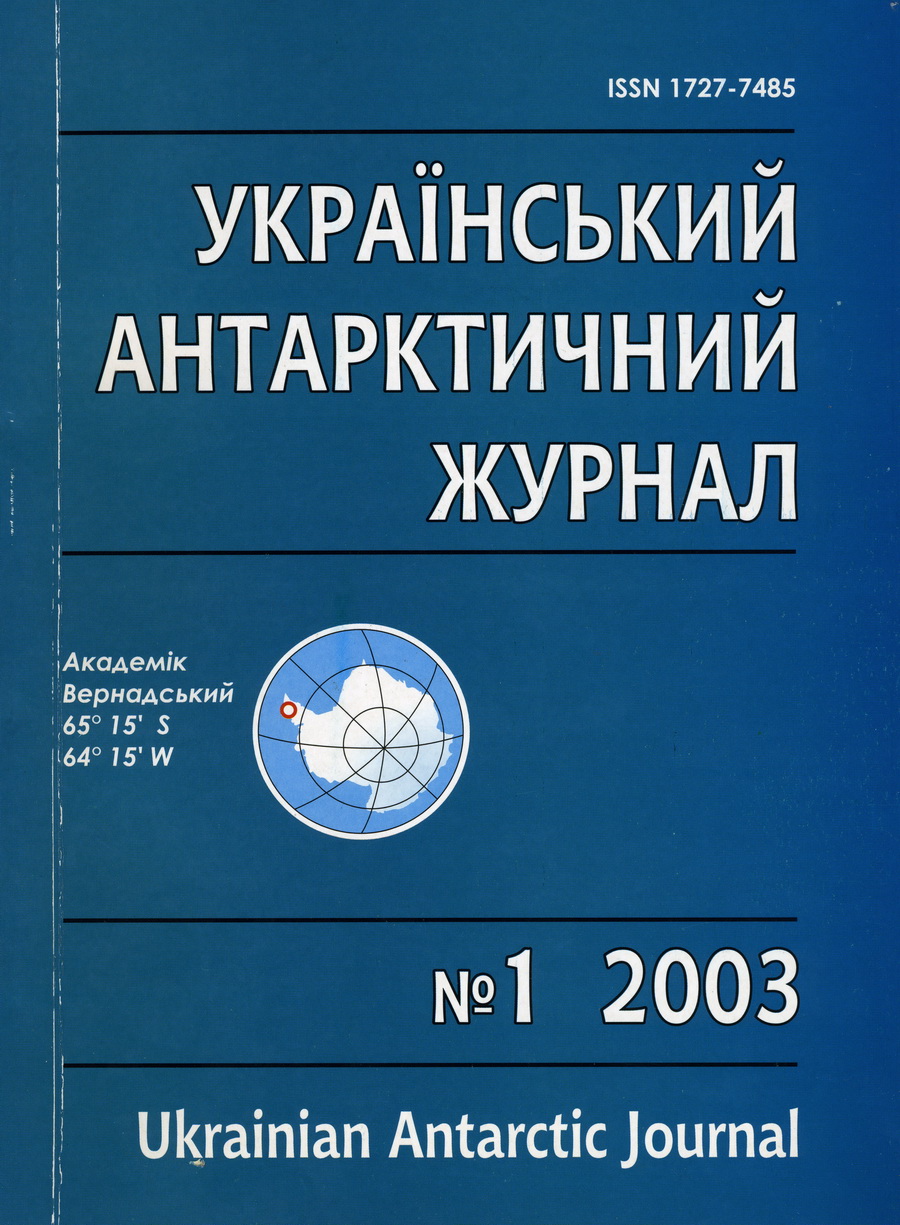Abstract
Current knowledge of the structure, chemical composition and physical state of the Earth's deep crust, mantle and core are evidently insufficient to solve many problems. For example, data on the elementary composition of the mantle and core could help to clarify the models of Eart-type planet creation and evolution. Meanwhile, knowledge of the amount and spatial distribution of the radioactive elements in the Earth's depths would let us to more accurately estimate Earth's energy budget and so to correct models of climate and climate change, as well as our overall science of the nature of the energy-mass processes in the planet's depths. Of particular importance is also the fully practical question of a more precise mapping of the radioactive elements' ores. All these tasks are connected with determining the distribution and number of radioactive elements in the deep layers of the Earth and can be solved by antineutrino sounding.
References
- Klapdor-Kleingrothaus, G.V., & Staudt, A. (1997). Neuskoritel'naia fizika elementarnyh chastic: per. s nem. V.A. Bedniakova [Non-acceleratory physics of elementary particles: a translation from German by V.A. Bedniakov]. Moscow, Nauka. Fizmatlit. 528 p. (In Russian)
- Rusov, V.D., Vysockiy, V.I., & Zelencova, T.N. (1998). Neitrinnaia diagnostika vnutrireaktornyh processov i toplivosoderzhaschih mass [Neutrino diagnostics of internal reactor processes and fuel-containing masses]. Iadernaia i radiacionnaia bezopasnost, 16(1), 66-95. (In Russian)
- Ebeling, V., Engel, A., & Rainer, F. (2001). Fizika processov evolucii [The physics of evolutionary processes]. Yu. Danilov (Ed.). Moscow, Editorial URSS. (In Russian)

